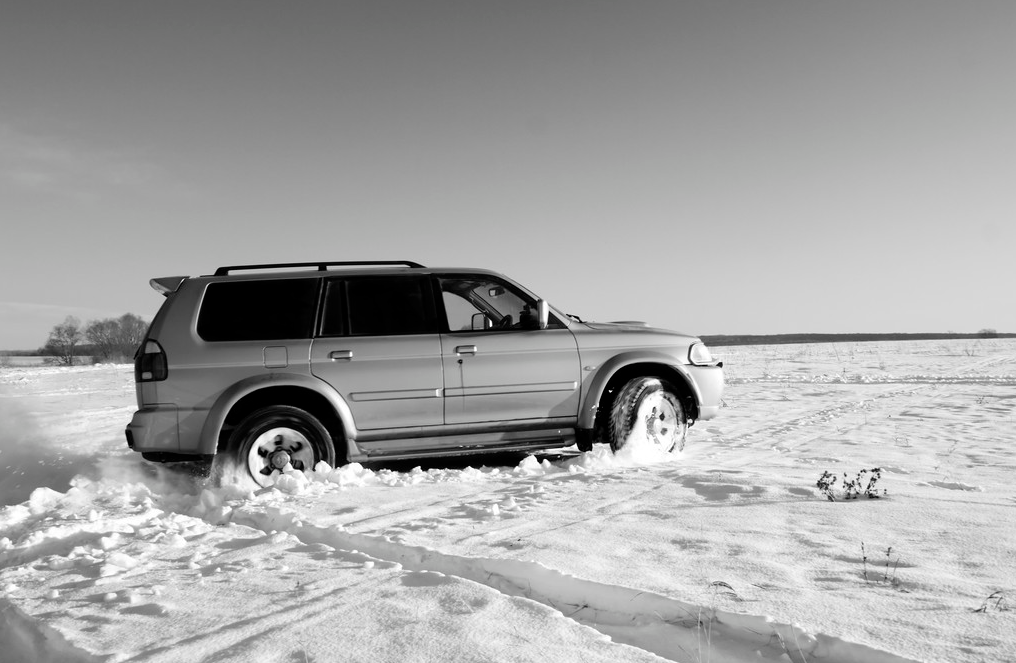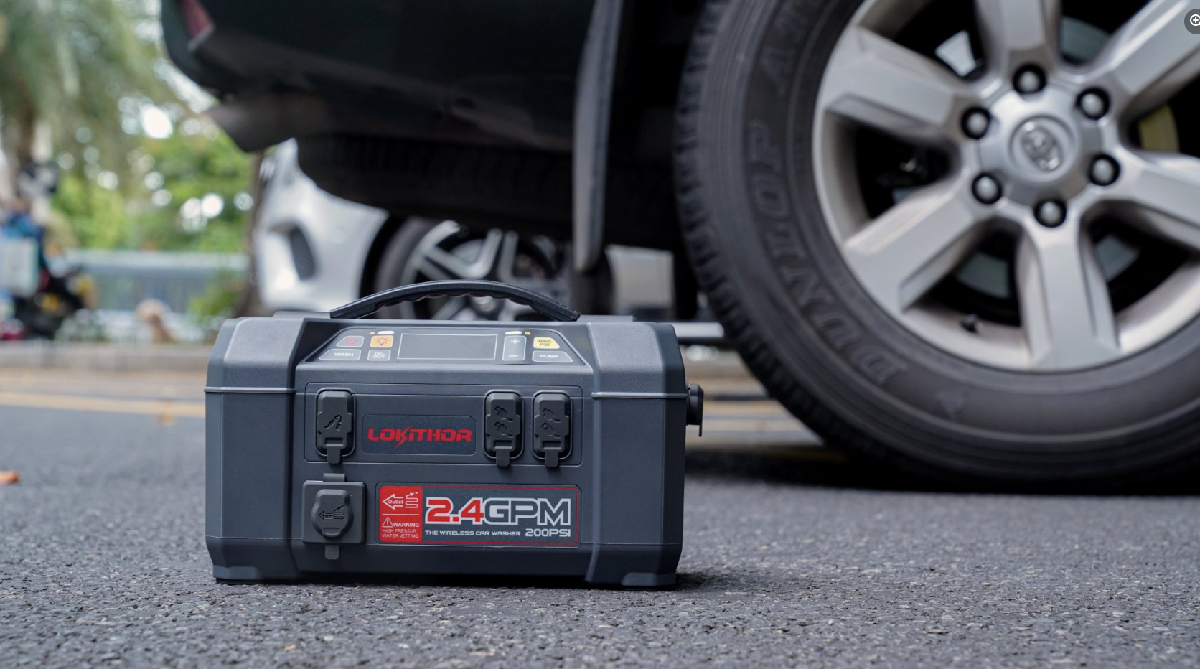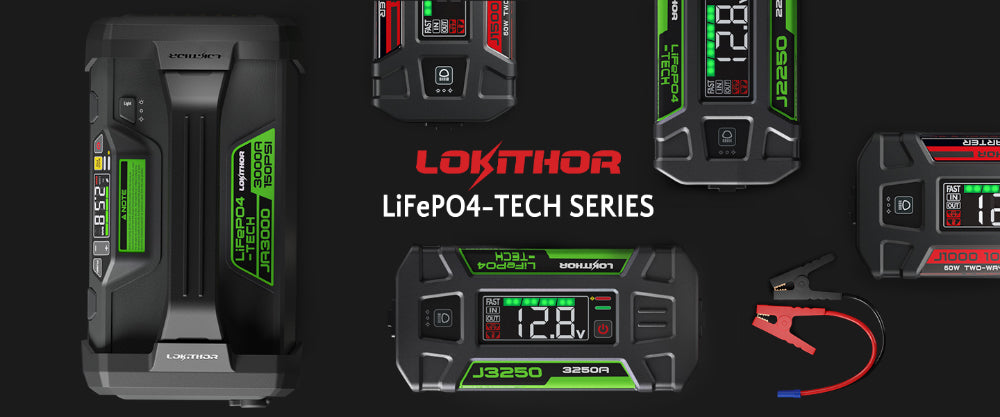Driving on icy and snowy roads can be a challenging task as drivers face the risks of slippery surfaces and reduced traction. To ensure safe driving, it is crucial for drivers to master appropriate techniques for deceleration and parking. The following will provide detailed guidance on decelerating and parking on icy and snowy roads, offering essential safety tips for winter driving. Whether you are driving during the winter season or residing in a cold region, these recommendations will be beneficial.
1. Ensure a safe distance from the vehicle ahead.
When driving on icy and snowy roads, preventing accidents is more important than dealing with them afterward. Therefore, maintaining a safe distance is one of the fundamental preventive measures. Due to the longer braking distance on icy and snowy surfaces, drivers should increase the following distance to at least twice the normal driving distance, allowing sufficient time for deceleration or stopping. It is recommended to maintain a safe distance of at least 4-6 seconds, providing drivers with more reaction time and space.

2. Utilize appropriate deceleration techniques.
Applying suitable deceleration methods is crucial when driving on icy and snowy roads. Here are several effective deceleration tips:
A. On icy and snowy surfaces, gentle and even braking is key to deceleration or stopping. Abrupt braking can cause the vehicle to skid or lose control. Gradually apply pressure to the brake pedal, increasing braking force gradually to avoid excessive wheel lock-up.
B. On icy and snowy roads, drivers can utilize engine braking to decelerate. When deceleration is necessary, release the accelerator pedal and try to avoid applying the brakes. Allowing the engine to naturally slow down the vehicle provides better traction and stability.
C. If your vehicle is equipped with traction control systems such as ABS (Antilock Braking System) or ESP (Electronic Stability Program), they can be highly beneficial during deceleration or stopping. These systems monitor wheel speed and grip, automatically adjusting braking force for optimal braking performance. Therefore, it is essential to ensure that the traction control system is functioning properly when driving on icy and snowy roads.

3. Apply appropriate parking techniques.
Safe parking is crucial when driving on icy and snowy roads. Here are some recommended parking techniques:
A. Find a suitable parking spot: On icy and snowy surfaces, selecting an appropriate parking location is essential. Prioritize areas that are flat, free of ice or snow accumulation, and without obstacles. Avoid parking on slopes or areas prone to sliding.
B. Gradual deceleration: As you approach the parking spot, gradually reduce your speed. Decelerate slowly, avoiding sudden braking to maintain control of the vehicle.
C. Use the handbrake: Before parking, ensure that the vehicle has slowed down sufficiently and shift into neutral (N), then engage the handbrake. Using the handbrake effectively prevents the vehicle from sliding during parking.
D. Engage the parking gear: If your vehicle is equipped with a parking gear (P), place the gear into the parking position. This provides a more secure immobilization of the vehicle, ensuring it does not slide or experience unintended movement.

4. When faced with special situations, it is necessary to take appropriate measures. Here are several methods to handle special situations:
In extreme circumstances when the vehicle loses control, it is crucial to take appropriate actions. Here are some measures to consider:
A. Countersteering: When the vehicle begins to slide or skid, immediate action is required. Countersteer by turning the steering wheel in the opposite direction to help regain stability.
B. Avoid abrupt braking: When the vehicle is sliding, avoid sudden braking as it can further result in loss of control. Stay calm, maintain control of the steering, and gradually reduce speed.
C. Maintain stability: When driving on icy and snowy roads, maintaining vehicle stability is of utmost importance. Avoid sudden acceleration, braking, or steering maneuvers and strive for a smooth driving experience.

In summary, decelerating and parking on icy and snowy roads require extra caution. Maintaining a safe distance, braking gently, utilizing engine braking, and using traction control systems correctly are key to deceleration. When choosing a parking spot, exercise caution, gradually decelerate, and use the handbrake and parking gear to ensure the vehicle is securely parked. Additionally, taking appropriate measures in special situations, staying calm, and balancing the vehicle are essential for driving safety. These techniques will enhance your confidence and safety while driving on icy and snowy roads.
Contact Us
For further product information, please visit:
- Official website: https://www.lokithorshop.com/
- Facebook: https://www.facebook.com/Lokithorshop/
- Email address: info@lokithorshop.com
Recommend Reading: How Many Voltages Should A Car Battery Have?




Leave a comment
All comments are moderated before being published.
This site is protected by hCaptcha and the hCaptcha Privacy Policy and Terms of Service apply.